
Looking to the picture “Sky Hole” most of the viewers are getting confused about the origin of this photo. Some are thinking about a heavy digital edited picture, some are confident that this is not a photo but a piece of graphic design.
Both are wrong.
The picture is out of the box showing a spiral staircase looking from the basement of an office building in Cologne 7 floors up to the glass roof at the top.
The photo is not only a nice example for a well designed staircase, but also representative for a sector of architectural photography which can be seen in the tradition of the optical art with its famous artists Agam Yaacov or Victor Vasarely.
“Optical art is a method of painting concerning the interaction between illusion and picture plane, between understanding and seeing.” said John Lancaster in his book Introducing Op Art. Op art works are abstract. When the viewer looks at them, the impression is given of movement, hidden images, flashing and vibration, patterns, or alternatively, of swelling or warping.
The abstract architectural picture tries to show exactly these impressions to the viewer.
Another example for an abstract architectural picture showing the optical art background is “Off the Wall” which has been taken outside of the Museum of Modern Art in Mönchengladbach, Germany, a building from the austrian architect Hans Hollein. The viewer can see steps of a stair at the lower left side and the square pattern of the facade at the top right side. But in between there is an confusing area of rhombic elements and three diagonal lamp posts, an optical illusion which has been created by choosing an uncommon point of view.

Generally we have to distinguish between two styles of abstract architectural photography :
A good example for this kind of buildings is the work of swiss-spanish architect Santiago Calatrava which are well known and very popular in the world. The combination of his structural knowledge with a functional organic futuristic design intention ends up in sculptural buildings which have often parallels to organic structures like skeletons, leaves or wings. These pictures are showing the natural background of his work. A complex building breaks up into simple abstract structures, the building becomes disorganized : Sinews, ribs and joints are coming into the picture. Human and natural parts are getting visible.
The picture „Lines-I“ is showing this perfectly. The photo has been converted into B/W and with the increased contrast it is showing pure graphic now – the normal viewer would probably not anticipate that the picture is showing the roof of the new train station in Liège, Belgium ?
There is a good number of building from destructive architects all over the world which offer fantastic abstract views :
Frank O’ Gehry, typical here the Guggenheim Museum in Bilbao/Spain or the Walt Disney Concert Hall in LA/USA, the austrian architects Coop Himmelblau or Zaha Hadid from London/UK …. to name a few.
The other type of abstract architectural photography requires normally a higher attention of the photographer itself by picking out abstract details from ordinary buildings. Often using a tele lens for these photos a trained view is necessary to get good results.
The view away from the object to the facades of opposite buildings offers often fantastic reflections as shown in the picture “Golden”.

Also looking up or down is often a worth a try. Reflections on the ground after rain or repetitive patterns of a facade are very good abstract objects. “Borderline” and “Pattern” are made exactly from the same stand point under the Grand Arch at La Defense in Paris. A simple swing of the camera from the bottom to the top created two abstract photos which are totally different in its subject.

“Pattern”, 1/100s, F5,6, ISO 200, 105 mm
The author :
Thomas Holtkötter is an 44 years old architect and architectural photographer from Aachen in Germany starting with photography 25 years ago. In the field of architectural photography he is working since a couple of years now with architectural shootings all over Europe and publications of his photos in architectural magazines, photo magazins and books worldwide. He is also teaching architectural photography at the famous Ludwig Forum for International Art in Aachen, Germany.
You may visit his website www.8-125.com to see his full portfolio.
Some of his works are available soon at www.cartecoshop.gr in a limited edition.
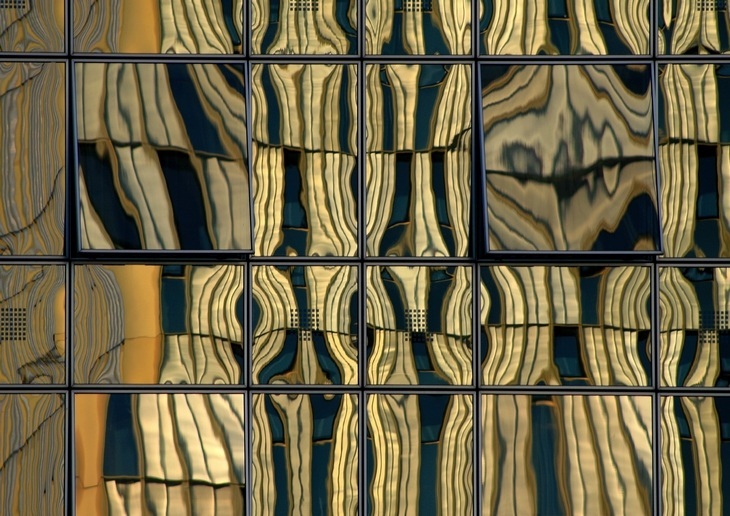 GOLDEN
GOLDEN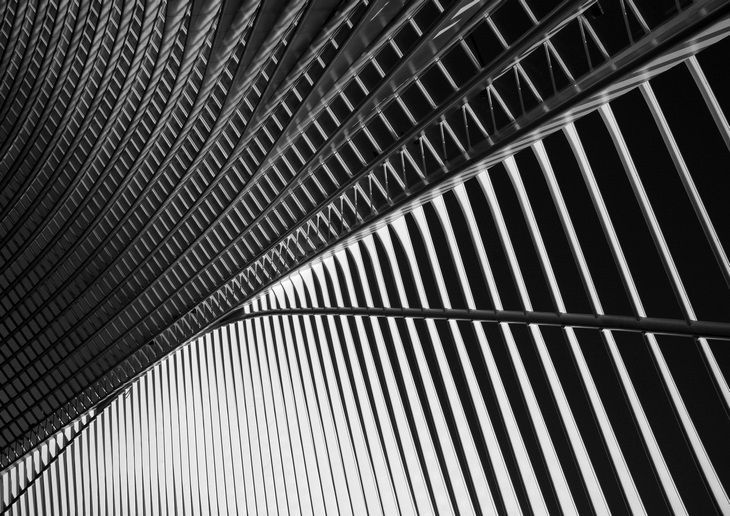 LINES
LINES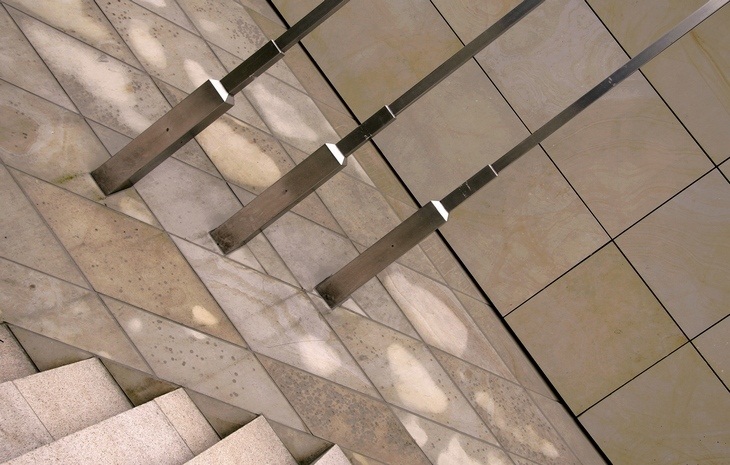 OFF THE WALL
OFF THE WALL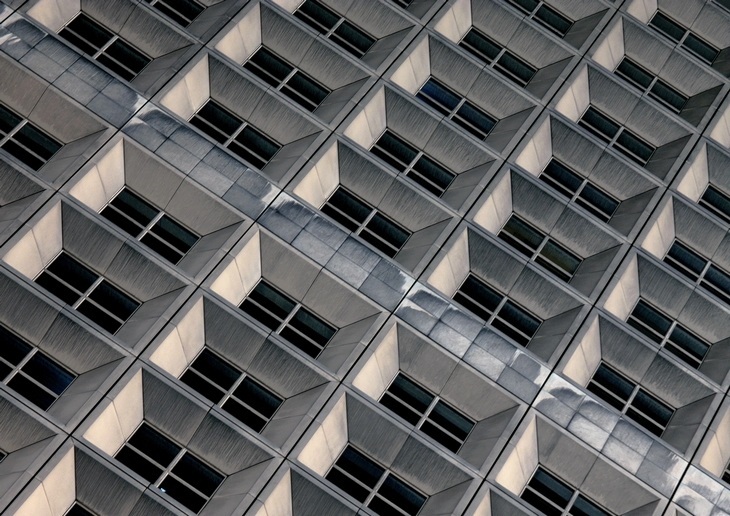 PATTERN
PATTERN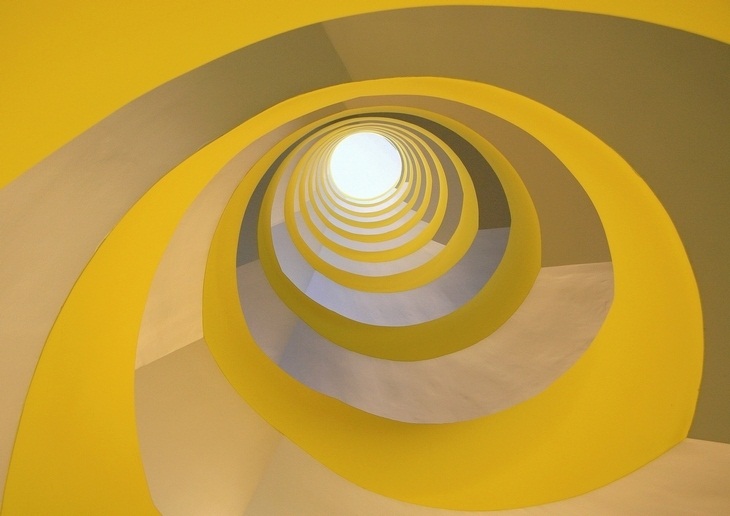 SKYHOLE
SKYHOLEREAD ALSO: Χαρτογραφώντας τα κοινά αγαθά απο τους Hackitectura στο ΕΜΣΤ. Eπιμέλεια Δάφνη Δραγώνα

